You might have heard dogs being called ‘working breeds’ or ‘toy breeds’, but what do these groups actually mean? We’ve broken down each to help you understand your dog better!
Every dog will have an individual personality (even puppies from the same litter can be very different) but their breed can have a big impact on their behaviour and personality just as much as it affects their looks. This means your dog will often have some traits that come more naturally to them, for example being really active or wanting to chase smaller animals. These traits are often similar within certain breeds and this is why we categorise dogs into breed groups. For example, working dogs are likely to need more exercise and gun dogs are likely to want to retrieve.
While every dog is different, as each of the group of dogs were bred to have certain traits, which breed category your dog belongs to can give you a really good idea about what their personality might be like and what they might need to keep them happy. It can also help you prepare for traits you might want to encourage as well as looking out for the ones that might lead to trouble so you can prepare and takes steps to avoid any issues.
This said, there will still be a big variety between the breeds and individuals in these groups. As an example, Border Collies and Welsh Corgis are both pastoral breeds but they will have very different needs.
There are seven breed groups recognised here in the UK. Overseas they may be known by some different names but often their traits are the same. These are: gun dog, hound, pastoral, terrier, toy, utility and working.
Remember to always research a breed before choosing them to make sure you’re fully prepared to meet their needs!
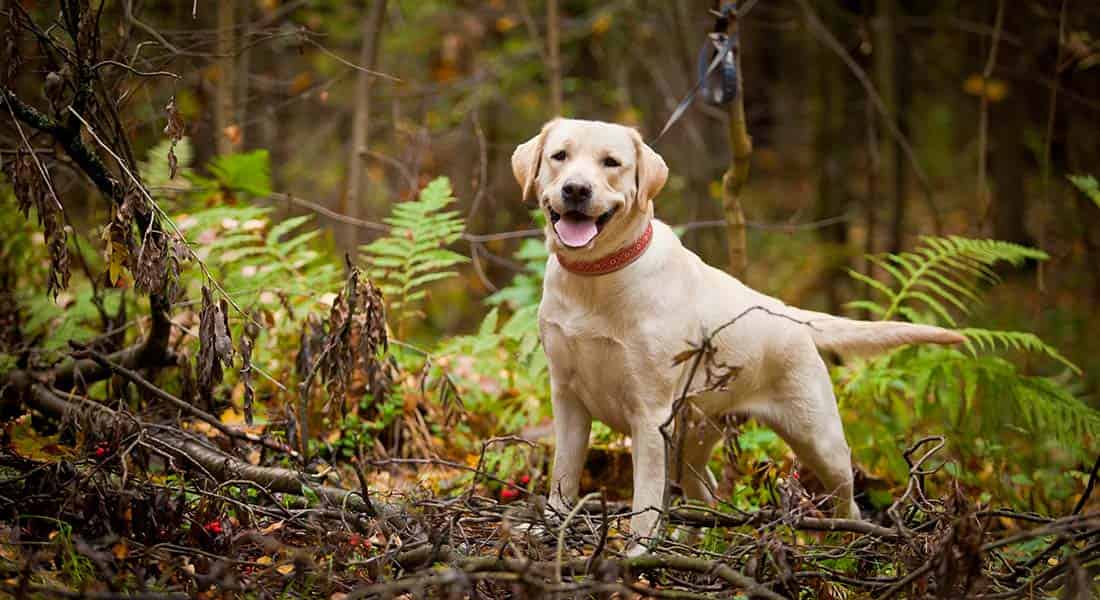
Gun dogs, sometimes known as the ‘sporting group’, were originally bred and trained to find or retrieve (bring back) live game. There are further sub-categories within the group, but the main difference is that your dog will either have been bred to find and flush out game, or go and retrieve it.
Key traits: Gun dogs tend to be intelligent and have been bred to work with their owner, so make good companions. They’re usually really active dogs and need plenty of exercise. They’re also likely to love a good game of fetch!
Some gun dogs include: Cocker Spaniel, Springer Spaniel, Labrador Retriever, Golden Retriever, English Pointer, German Pointer, English Setter, Irish Setter.
Hound group
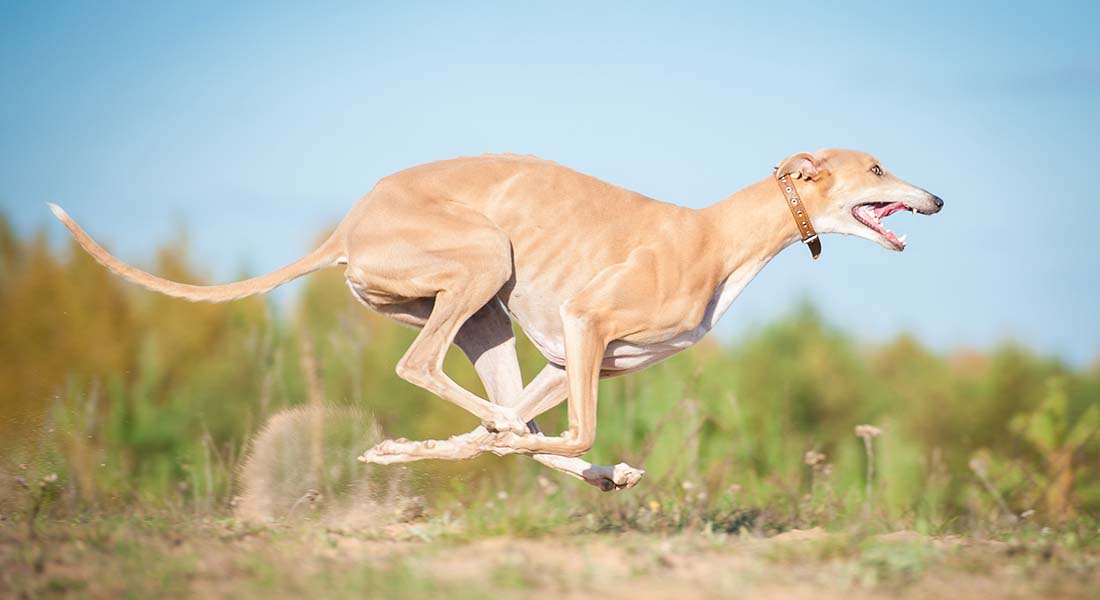
Hounds were originally bred either for their sense of smell (scent hounds) or sight (sight hounds). They were used for hunting either by giving chase or sniffing out their prey. Owners should keep a tight grip on their lead out and about as they’re often very driven to chase!
Key traits: Whether you have a sight hound or scent hound, they’re very likely to have quite a high prey drive. They can be active dogs (with a few exceptions) who love to chase and explore and have been bred to run quickly or cover long distances. But they’ll often love to rest and relax or curl up in front of the heater once they’re back home.
Some hounds include: Greyhound, Whippet, Irish Wolfhound, Beagle, Basset Hound, Dachshund, Bloodhound, Rhodesian Ridgeback, Basenji.
Pastoral group
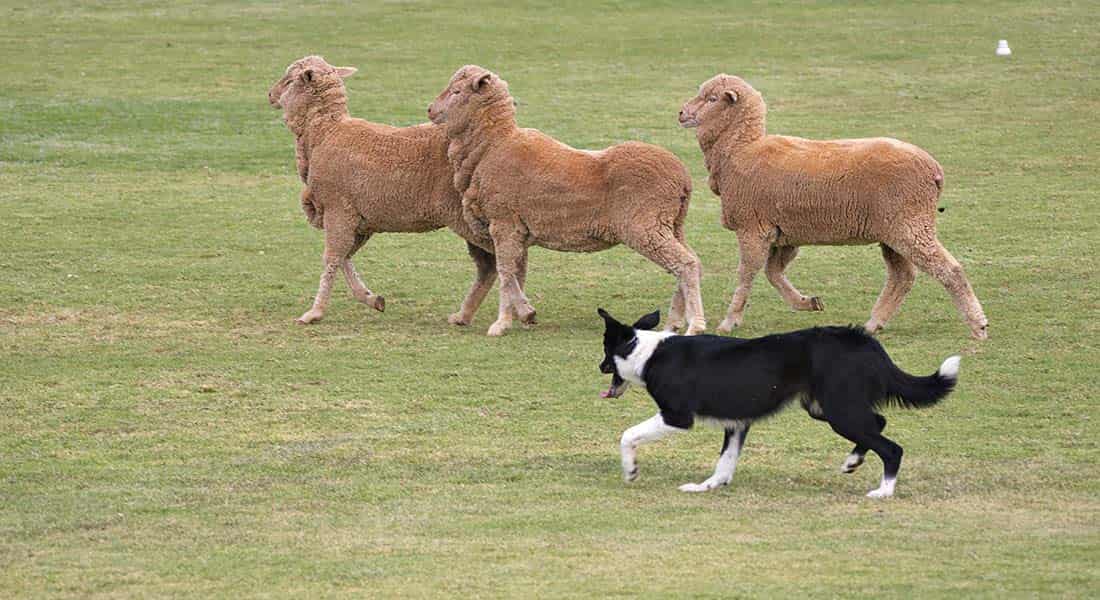
Pastoral breeds tend to be the dogs bred for herding and working with livestock on farms. They’re resilient dogs who enjoy being out in all weathers and do best when they’re given a job to do.
Key traits: Pastoral breeds have lots of energy and need to keep busy. They’re usually hardy and intelligent dogs who thrive off learning something new. Herding comes naturally to them, which can often include herding other animals and even people!
Some pastoral breeds include: Samoyed, Border Collie, German Shepherd, Welsh Corgi, Old English Sheepdog, Belgian Malinois, Australian Shepherd.
Terrier group
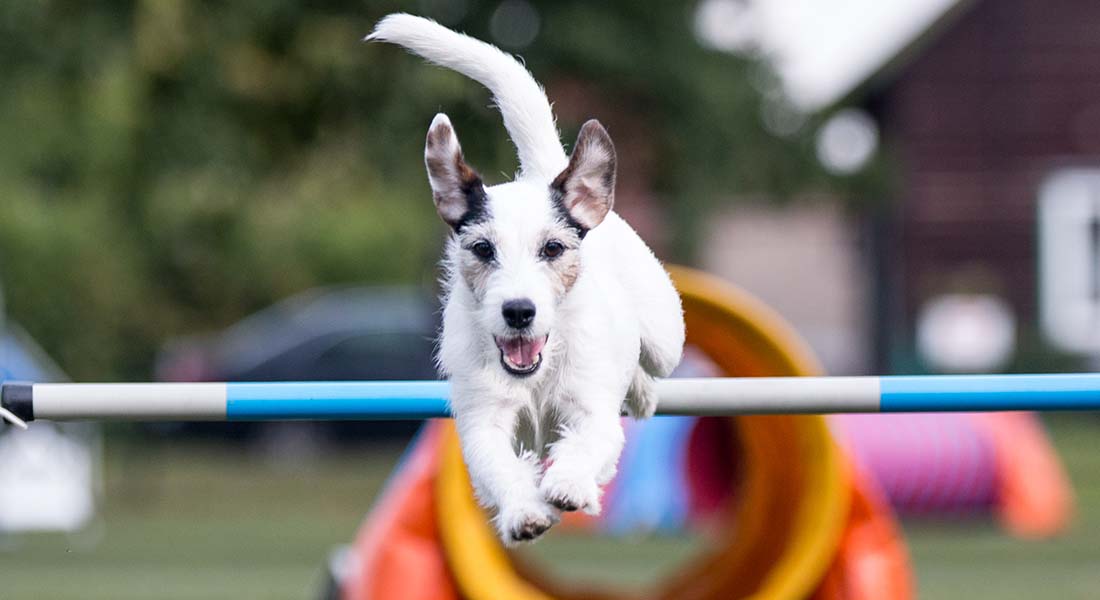
Terriers were originally bred for pest control. They would hunt vermin above and below ground, including rats, foxes and badgers. They’re tough little dogs and many owners find they have the strong personality to match.
Key traits: Terriers tend to have a high prey drive and love to chase. They’re usually active dogs and often make great companions for their owners. Many of them also love to dig - a trait that helped them work in the past but can now lead to trouble for your prize flowers!
Some terriers include: Staffordshire Bull Terrier, English Bull Terrier, Jack Russell, Bedlington Terrier, Lakeland Terrier, West Highland White Terrier, Border Terrier.
Toy group
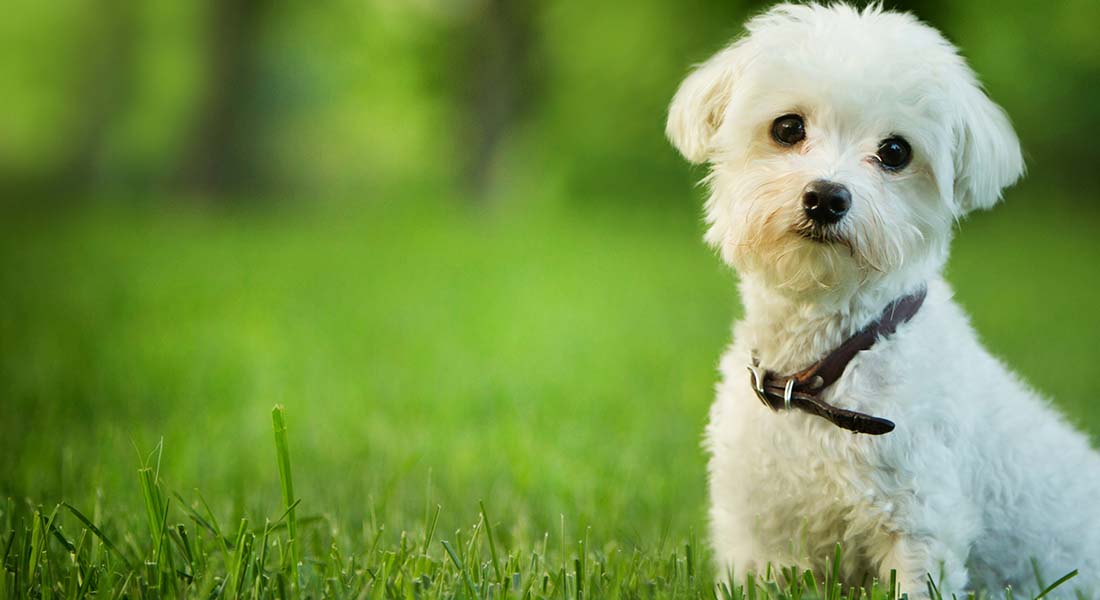
Toy breeds were bred to be companion dogs. Often their only purpose was to keep their loving owners company and this is just one reason why they make such popular family pets today. They’re also very adaptable to city or countryside living.
Key traits: Toy breeds are often a lot smaller than the dogs in other breed groups! They have been bred to be friendly and sociable dogs. Often, they don’t need a great deal of exercise and can be excellent company at home.
Some toy breeds include: Pomeranian, Maltese, Chihuahua, Pug, Shih Tzu, Bichon Frise, Italian Greyhound, Miniature Pinscher, Yorkshire Terrier.
Utility group
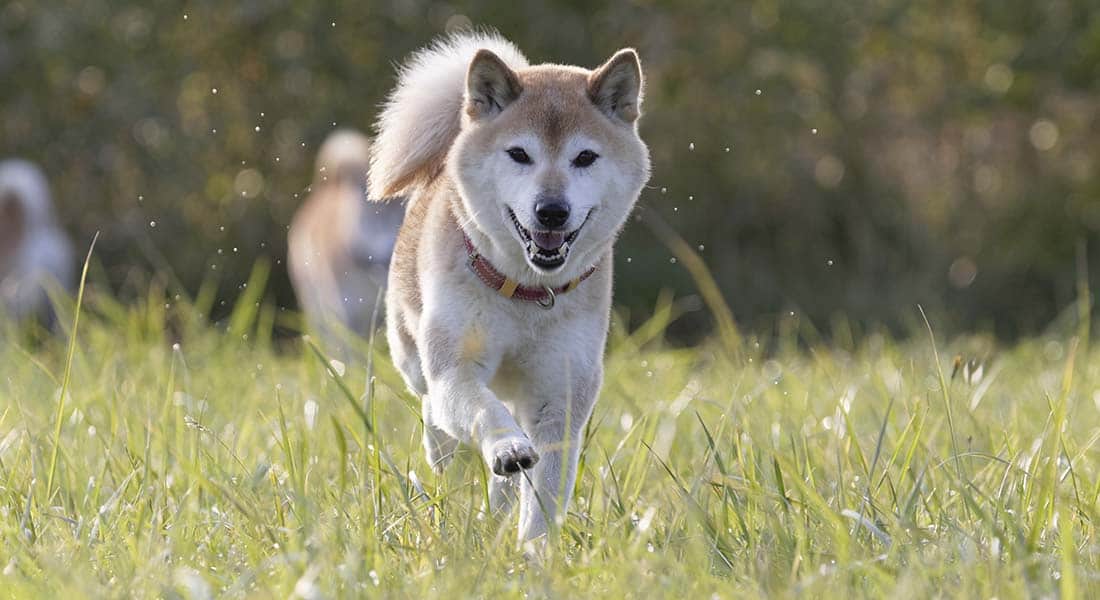
If a dog doesn’t fit into another breed group, chances are they’re classed as a utility breed! The dogs in this group weren’t bred for sports but were usually bred for a specific purpose (that doesn’t fall into pastoral or working groups).
Key traits: It’s hard to pinpoint key traits within the utility group as all the breeds are very different from one another. It’s best to look at the history of the individual breed to find out what they were bred for.
Some utility breeds include: Bulldog, Japanese Shiba Inu, Dalmatian, Akita, Boston Terrier, Poodles, Miniature Schnauzer, Shar Pei.
Working group
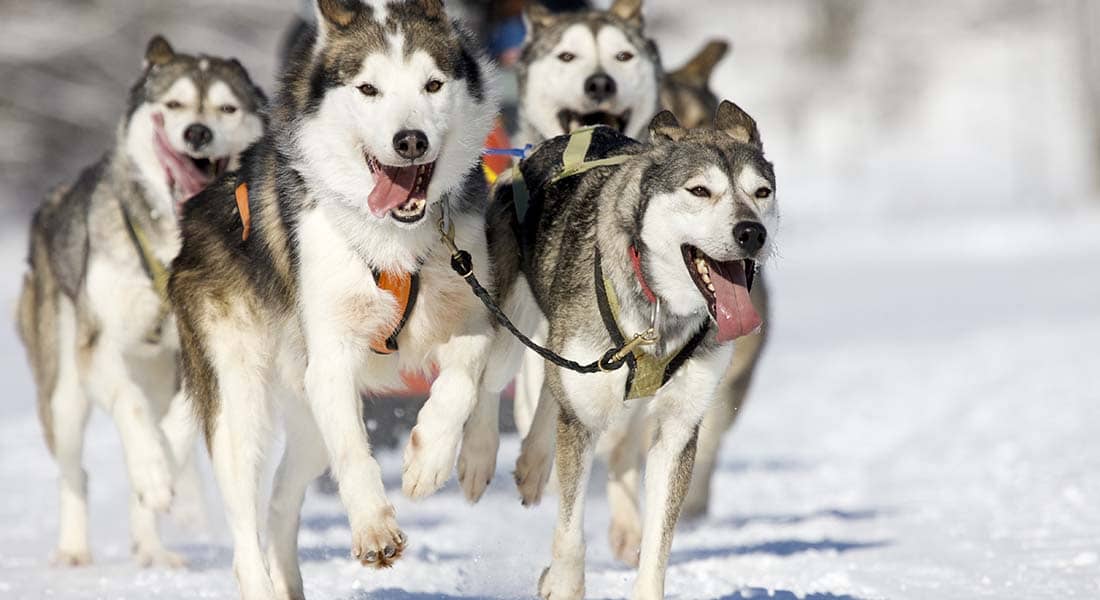
Working dogs were commonly bred to be guard dogs or search and rescue dogs. They were all bred with a purpose in mind and so a lot of owners find these traits carry through to their pets today.
Key traits: Working breeds tend to be larger. They’re usually active dogs who enjoy being given a task to do. Quite a lot of working dogs are very solid dogs and usually need lots of space for entertainment. Those bred to guard will likely have natural instincts to alert their owners of anything they see as unusual.
Some working breeds include: Boxer, Alaskan Malamute, Siberian Husky, Dobermann, Rottweiler, Newfoundland, St. Bernard, Portuguese Water Dog.
Despite sharing some common traits with their breed group, no two dogs are the same so it’s really important to do plenty of research when you’re choosing a dog. For more information, take our quiz to find the pet for you or read more about individual breeds:

